Spring, what a beautiful word and after six months of cold and snow it can’t get here soon enough for me. These winter months have given me time to do a lot of research for our upcoming wildflower app for the Northeast. We were planning on having that ready for release in the spring of 2014 but it looks more like it will be 2015 and even that date seems a little optimistic. Of course we wouldn’t and couldn’t be as far along as we are now without the help of several individuals who have a passion for the outdoors and offered us some much needed help in identifying and photographing wildflowers throughout the Eastern portion of the country. We’re always looking for additional help and if your interested in becoming part of something that should be a great educational tool in the near future just give us a shout.
I would like to introduce the individual photographers that are contributing their time and skill and more importantly sharing their passion for Nature with us.
Ed Snyder
 I Retired from Xerox Corporation in 1998 after 32 years as a Graphic Arts Specialist. I’ve been married to my wife Nancy since 1964 and have two grown daughters. I had been a bowhunter for 35 years but hung up the bow in 2000 for what I like to call “Camera Hunting!” I now go to our hunting camp with my buddies and “hunt” with the camera. It takes the exact same skills to get close to wild animals with the camera as it did with the bow and I am having the time of my life in retirement. When my wife gave me a Nikon D50 Digital camera for Christmas one year, my life was changed!
I Retired from Xerox Corporation in 1998 after 32 years as a Graphic Arts Specialist. I’ve been married to my wife Nancy since 1964 and have two grown daughters. I had been a bowhunter for 35 years but hung up the bow in 2000 for what I like to call “Camera Hunting!” I now go to our hunting camp with my buddies and “hunt” with the camera. It takes the exact same skills to get close to wild animals with the camera as it did with the bow and I am having the time of my life in retirement. When my wife gave me a Nikon D50 Digital camera for Christmas one year, my life was changed!
Nature photography was my number one interest until 2008 when I met another Xerox retiree (Bill Herbert) who had been interested in wildflowers and everything in nature most of his life. I had just started taking close-up pictures of a few flowers in the woods behind my home and Bill told me he could take me to a few places where I could get some different ones. After seeing my first orchid, (the Grass Pink), I was hooked! That started a great friendship between us and we were soon going out every Wednesday from spring to fall on hikes to photograph wildflowers! In five years time we have accumulated almost 700 different flowers in our home state of New York and hiked 100 different trails! Bill has taught me a lot about wildflowers and I am still learning every time we go out. In all the years I spent in the woods hunting deer and turkey, I never paid any attention to wildflowers but I have now discovered what I have been missing all those years!
 Living on a lake in coastal Maine gives me lots of opportunities to photograph different wildflowers both inland and along the seashore. I work for a local land trust, helping to preserve the places that make Maine so special, and love getting outside to photograph wildflowers as well as beautiful scenery. While I really love wildlife, it is plants that hold my interest the most – I can keep moving with brief stops instead of sitting still waiting for animals come to me! A lot of my photographs are taken along the lakeshore – as I glide along in my kayak I see plants that interest me and stop to observe them and take pictures. I am a Maine Master Naturalist, and especially enjoy leading hikes focusing on trees, wildflowers, and, in the winter, animal tracking.
Living on a lake in coastal Maine gives me lots of opportunities to photograph different wildflowers both inland and along the seashore. I work for a local land trust, helping to preserve the places that make Maine so special, and love getting outside to photograph wildflowers as well as beautiful scenery. While I really love wildlife, it is plants that hold my interest the most – I can keep moving with brief stops instead of sitting still waiting for animals come to me! A lot of my photographs are taken along the lakeshore – as I glide along in my kayak I see plants that interest me and stop to observe them and take pictures. I am a Maine Master Naturalist, and especially enjoy leading hikes focusing on trees, wildflowers, and, in the winter, animal tracking.I am a retired Chemistry teacher, a life-long naturalist and a Master Gardener (focused on native plants and gardening for wildlife). I volunteer for the Peconic Land Trust and for LINPI (Long Island Native Plant Initiative). I am also an avid traveler, but try to plan my longer excursions so as not to compete with the gardening season. I enjoy biking, kayaking and bird watching. When I retired I determined to seek out all the wild places on Long Island that I had not yet explored, and once again took up amateur photography. It is surprising how many pockets of natural beauty one can find if one only looks.. When I saw what Jeff was doing, it seemed a perfect fit with my pastimes, and indeed, I have discovered even more wild places on a quest for flowers!






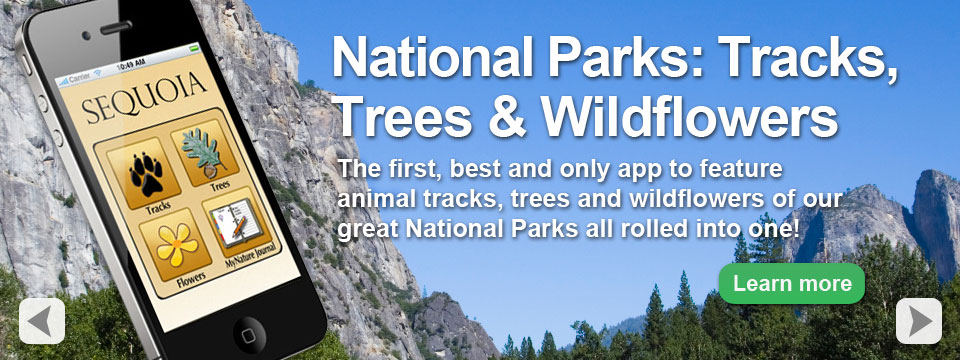
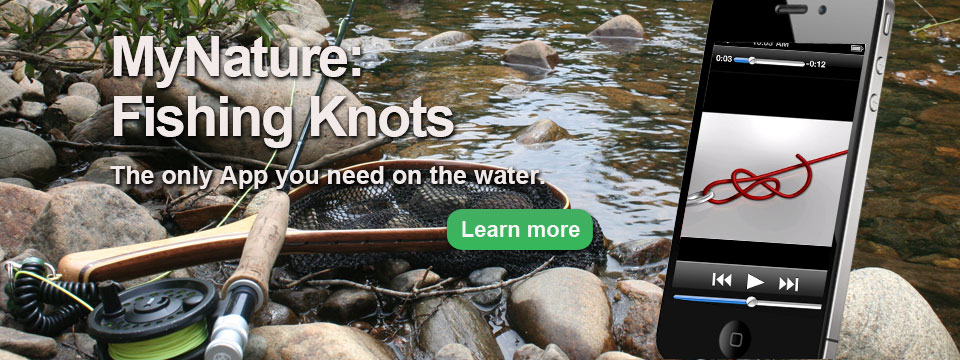

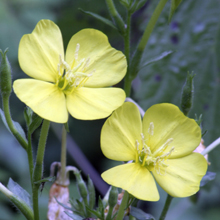
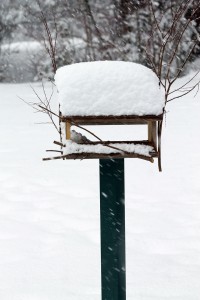
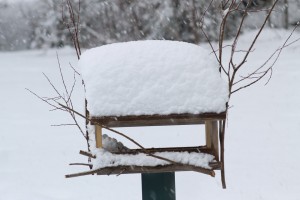
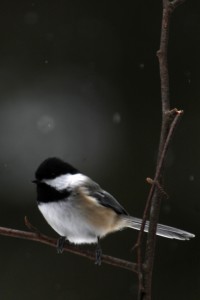


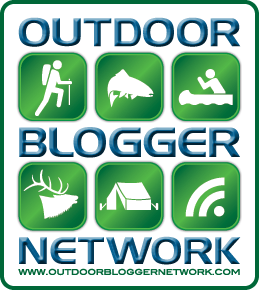

What Others Have to Say